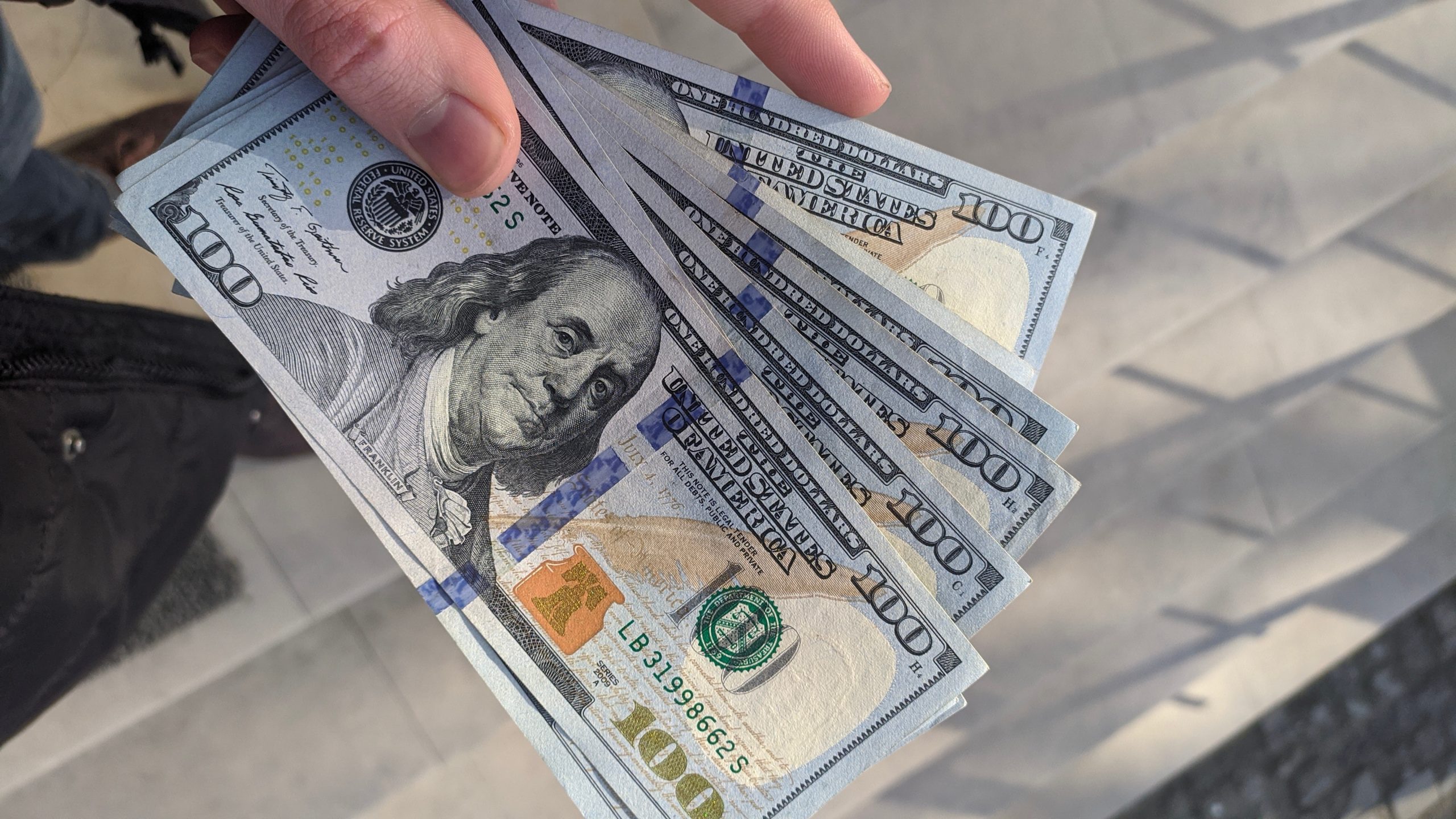Disclaimer: Nothing in this article should ever be considered advice, research or an invitation to buy or sell securities. I am not a financial advisor.
“There is no such thing as a free lunch.”
This popular finance expression is often used to describe the idea that it is impossible to profit over the long-term without taking any risks.
However, there is one widespread example of “free lunch” in personal finance that a large amount of people have access to. And that is the 401(k) employer’s match.
What is a 401(k)?
A 401(k) is a retirement savings plan that allows individuals to contribute a portion of their salary on a tax-deferred basis for retirement. As of 2023, we can contribute up $22,500 to a 401(k).
Furthermore, there are two types of 401(k)s that we can contribute to.
With a traditional 401(k), contributions are made with pre-tax dollars, and taxes are paid upon withdrawal during retirement. Whereas with a roth 401(k), contributions are made with post-tax dollars, allowing that money and associated capital gains to grow tax-free.
The type of 401(k) we choose to contribute to hinges on whether we want to pay taxes now or later. ‘Physician on FIRE‘ wrote a nice summary detailing the different factors that we should consider when choosing which flavor of 401(k) that makes the most sense for our specific situation.
What is a 401(k) Employer’s Match?
A 401(k) employer’s match is a benefit offered by employers where they contribute a certain percentage or amount of money to an employee’s 401(k) retirement savings plan. The amount that an employer will contribute is usually based on the employee’s own contributions.
According to a study by the US Bureau of Labor Statistics, 41% of companies that offer a 401(k) plan provide employer matching contributions up to 6% of employees’ salaries.
With that being said, let’s go over an example of how a 401(k) employer’s match works.
Let’s assume that we have an annual salary of $50,000 and that our employer offers a 100% match on all our contributions up to 6% of our annual salary. If we were to contribute $3,000 annually (6% of our annual salary) to our 401(k), then our employer would match our contributions dollar-for-dollar resulting in an additional $3,000 in contributions to our 401(k).
And the best part is that extra $3000 didn’t come out of our pocket, it’s a contribution that is made directly by our employer. As a result, our employer’s 401(k) match doesn’t count towards the current limit of $22,500.
Why the 401(k) Match is the Only Free Lunch in Personal Finance
The 401(k) employer match represents one of the only free lunches in personal finance.
In our earlier example, the $3,000 contribution made by our employer essentially represents a 100% return on our investment (we got $3000 for contributing $3000). In this scenario, we have therefore doubled the amount of money that we were able to save for retirement.
Additionally, from a time perspective, an annual salary of $50,000 breaks down to an hourly salary of $24.04. Instead of trading an additional 124.8 hours of our lives for an extra $3,000 in retirement contributions, we worked 0 additional hours and still doubled our contributions.
Even if we are unable to max out our 401(k) contributions, we should at the bare minimum strive to contribute to our 401(k) in order to receive the full employer match. That is because it is an employee benefit that we should take full advantage of; not doing so is akin to leaving a part of our compensation on the table.
While there are no doubt some additional procedural items to keep in mind (i.e. vesting schedules, employer contribution timing), 401(k) employer matches should generally be high up on any investment priority list.
Thank you for reading! 🙂
The views and opinions expressed herein are the views and opinions of the author and do not necessarily reflect those of Nasdaq, Inc.
Image and article originally from www.nasdaq.com. Read the original article here.

